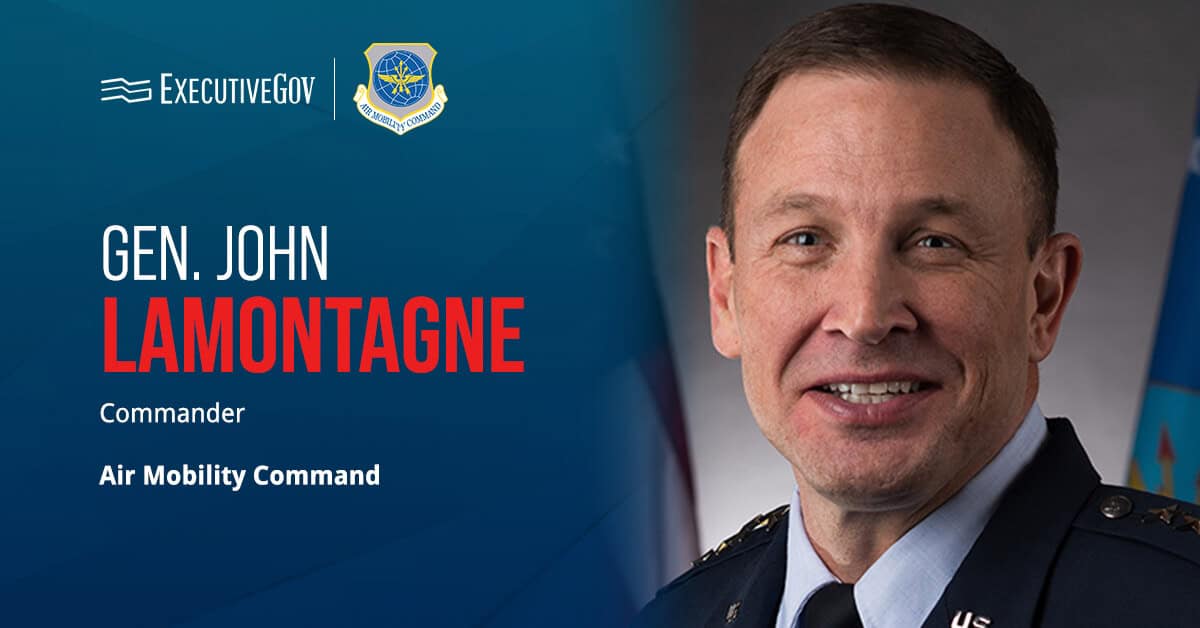 The Department of Energy is investing $21.6M to fund 10 computational software research and development projects meant to facilitate the design of chemical-based energy production processes.
The Department of Energy is investing $21.6M to fund 10 computational software research and development projects meant to facilitate the design of chemical-based energy production processes.The projects are based on applications in computer-based chemical process modeling that is replacing traditional trial-and-error methods, the department said Wednesday.
The effort would leverage the DOE national laboratories’ petascale computers, built to make at least one quadrilion calculations in a second, and beginning 2021, the more advanced exascale computers.
The department’s Iowa-based Ames Laboratory, along with nine universities, will lead efforts to develop the open-source software. The software is designed to support processes covering fossil energy production, electrical energy storage and solar cells.





